Mold is a common household problem that can lead to various health issues and property damage if not properly controlled.
What is Mold?
Mold is a type of fungus that thrives in damp and humid environments. It reproduces by producing spores, which can become airborne and spread easily. Mold growth is often visible as dark spots or patches on walls, ceilings, and other surfaces.
Common Causes of Mold Growth
- Excess Moisture: The primary factor contributing to mold growth is excess moisture. This can result from leaks, flooding, high humidity levels, or improper ventilation.
- Poor Ventilation: Inadequate ventilation can trap moisture indoors, creating an ideal environment for mold to flourish.
- Organic Materials: Mold feeds on organic materials such as wood, paper, and fabric. These materials can serve as a food source for mold, promoting its growth.
Mold Prevention
- Maintain Proper Ventilation
Ensuring good airflow in your home is essential in preventing mold growth. Use exhaust fans in bathrooms and kitchens, open windows when weather permits, and consider installing a dehumidifier to reduce indoor humidity.
- Address Moisture Issues
Promptly fix any water leaks or plumbing issues. Inspect your home for areas prone to moisture buildup, such as basements and crawl spaces, and take measures to keep them dry.
- Control Indoor Humidity
Keep indoor humidity levels below 50% to discourage mold growth. You can use a hygrometer to monitor humidity and adjust it with a dehumidifier or air conditioner if necessary.
- Regular Cleaning
Regularly clean and dust your home to prevent mold from finding a foothold. Pay special attention to bathrooms, kitchens, and other moisture-prone areas.
- Proper Insulation
Ensure that your home is adequately insulated to prevent condensation on cold surfaces, which can promote mold growth.
Mold Management and Removal
Despite your best prevention efforts, mold can still occur. When you discover mold in your home, here are steps to manage and remove it safely:
- Safety First
Before attempting mold removal, ensure your safety. Use appropriate personal protective equipment (PPE), including gloves, a mask, and safety goggles, to protect yourself from mold spores.
- Identify and Isolate the Mold
Determine the extent of the mold infestation. Isolate the affected area to prevent the spread of spores to other parts of your home.
- Remove Contaminated Materials
Dispose of porous materials like drywall and carpeting that are extensively contaminated with mold. Non-porous surfaces can often be cleaned and salvaged.
- Cleaning
Clean moldy surfaces with a mixture of soap and water or a commercial mold cleaner. Scrub the area thoroughly, then rinse and dry it completely.
- Prevent Future Growth
Identify and address the underlying cause of mold growth. Whether it’s a leaky roof or poor ventilation, take corrective action to prevent recurrence.
- Seek Professional Help
For severe mold infestations or if you’re uncertain about handling mold removal safely, it’s advisable to seek professional mold remediation services.
Conclusion
Mold control is crucial for the health and well-being of your family and the integrity of your home. By understanding the causes of mold growth and taking proactive measures to prevent it, you can create a healthier living environment. When faced with mold, swift and safe removal is essential to minimize its impact on your home. Remember that safety should always be a priority when dealing with mold, and when in doubt, consult with professionals to ensure proper remediation.

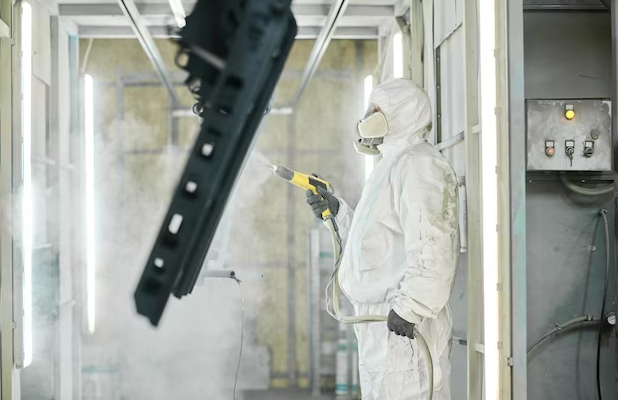
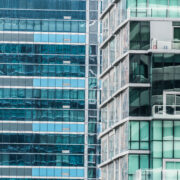
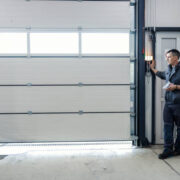


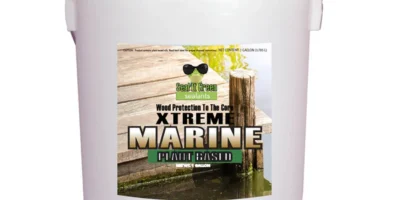
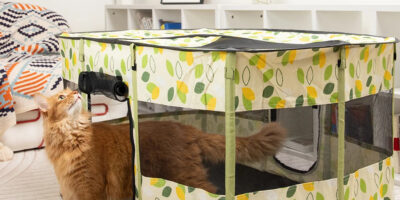
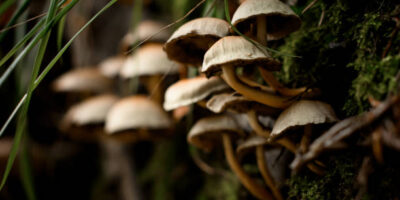



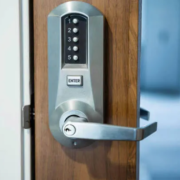


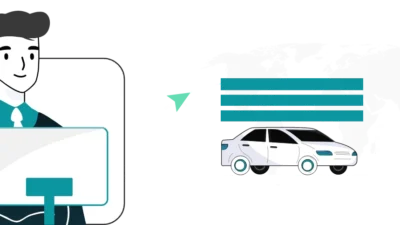

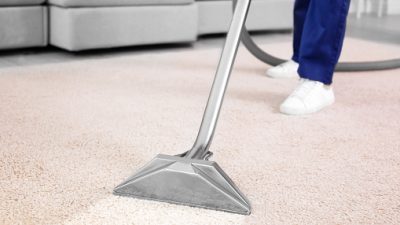


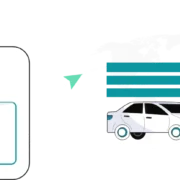



Comments